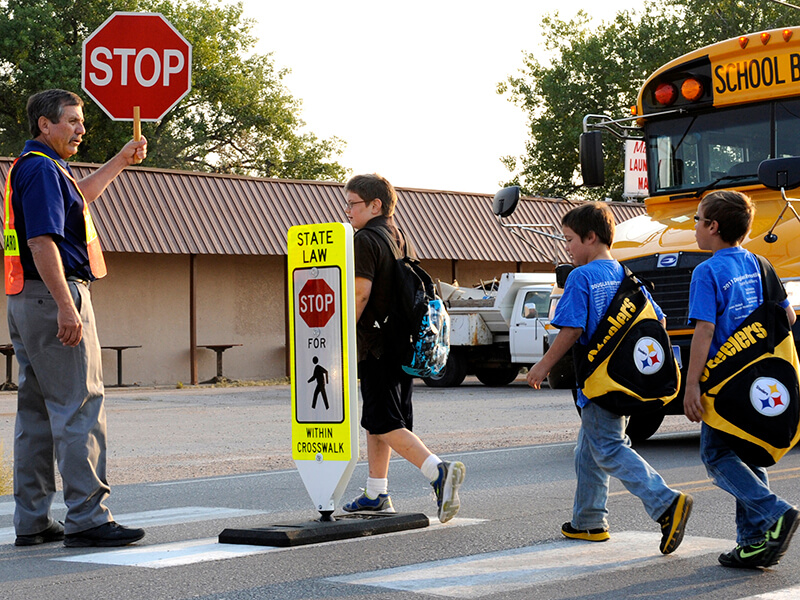NJLTAP Enews Volume 20 – Issue 3 – May/June 2018
New Jersey Department of Transportation (NJDOT) Commissioner Diane Gutierrez-Scaccetti announced the Department is offering one-on-one training sessions for representatives of local governments and agencies interested in applying for the federally funded Safe Routes to School (SRTS) and Transportation Alternatives (TA) Set-Aside grants.
As part of the Commissioner’s Commitment to Communities Initiative, NJDOT’s Local Aid and Economic Development division is pleased to offer 45-minute sessions to help with the federal grant application process for these two programs. These one-on-one meetings will take place with NJDOT Local Aid district staff and Metropolitan Planning Organization (MPO) representatives, with the ultimate goal of ensuring local government’s success in delivering transportation projects that improve the quality of life for those traveling in and through New Jersey.
SRTS grants are available for infrastructure projects that encourage and enable K-8 students to walk and bike safely to school in both public and private schools. Proposed project improvements must be within a two-mile radius of the K-8 school. TA Set-Aside grants are community-based, non-traditional projects relating to surface transportation (both land and water) which expand transportation choice, strengthen the economy, improve the quality of life and protect the environment.
Applicants interested in scheduling a meeting should contact the representative from their local NJDOT district office. A list of contact information for each district is provided here. While these meetings are not mandatory, they are recommended to help develop and submit a strong application.
More information on the Safe Routes to Schools and TA Set-Aside programs are available on the NJDOT website. For NJDOT news follow us on Twitter @NJDOT_info and on the NJDOT Facebook page.
May/June 2018
This newsletter is published biannually by the New Jersey Local Technical Assistance Program, Center for Advanced Infrastructure and Transportation, Rutgers University, using funds from the Federal Highway Administration and the New Jersey Department of Transportation. The opinions, findings, or recommendations expressed in this newsletter are those of the New Jersey Local Technical Assistance Program and do not necessarily reflect the views of the Federal Highway Administration nor the New Jersey Department of Transportation nor Rutgers University. Any product mentioned in this newsletter is for information purposes only and should not be considered a product endorsement.


